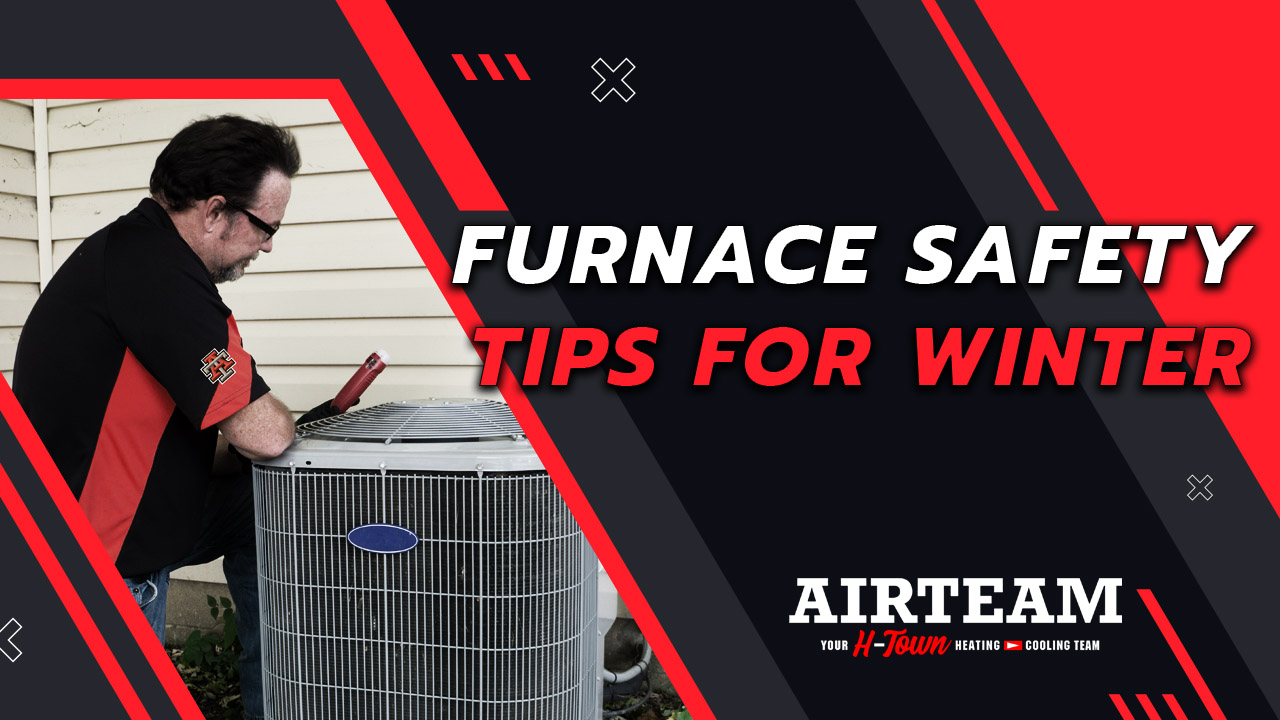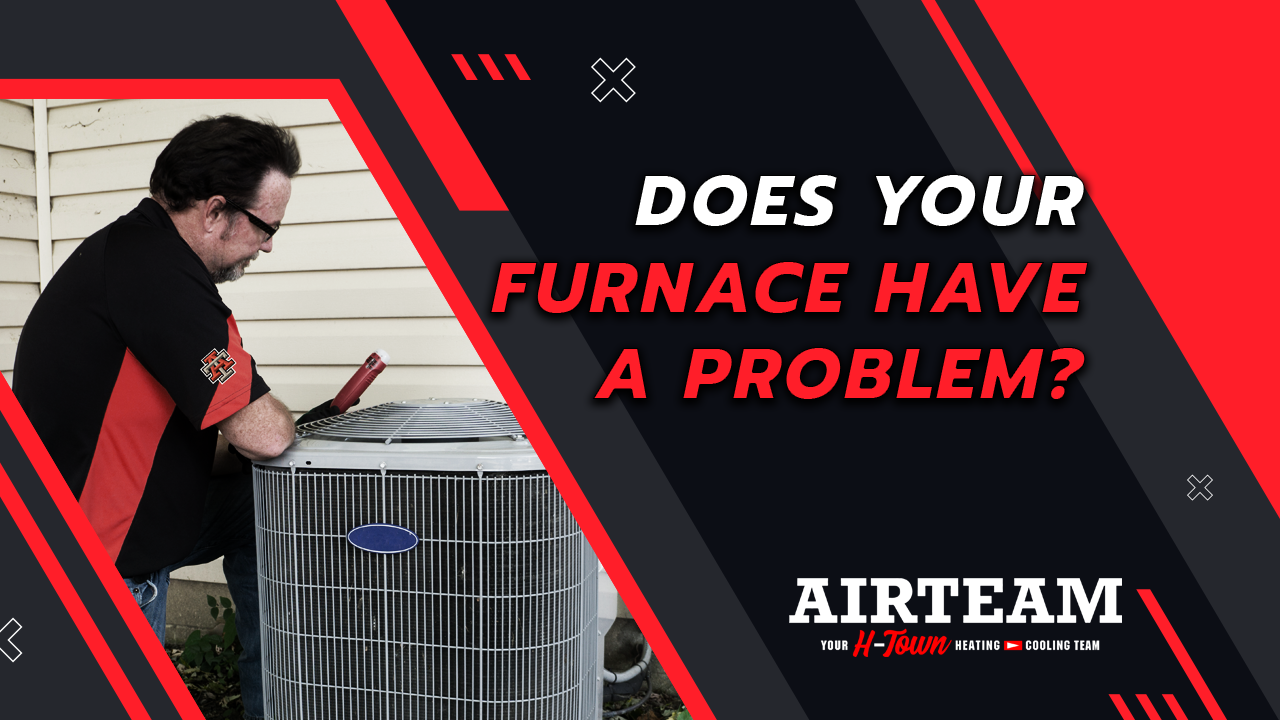A: The easiest way is to go up to the piece of equipment in question and look for a nameplate or a nametag. A lot of times these days it’s a sticker that will have several different numbers from the manufacturing process. It will either say “M/N” or “model number” and the other one “S/N or “serial number.”
Take a picture of that and supply it to whoever is asking for that information. That will contain all the pertinent information on your equipment. Not just model number and serial but capacity, type of capacitor used for the motor, and other information the technician can use.
This question is often asked by Houston HVAC customers for various reasons. They could be shopping for a new system and want the specs of theirs to compare. Also, customers could be wanting to make minor repairs or upgrades to a smart thermostat. Regardless of the reason, knowing how to find the important information regarding your system is important. However, it’s also important to know what those serial numbers and model numbers mean.
The trick is in finding the nameplate or sticker that shows the information that you need. Different types of systems and brands will have it in different locations. Knowing what type of system your home uses is the first step.
Identifying The Type Of Houston HVAC System You Have
There are several types of systems used in Houston HVAC depending on the home. However, we will focus on the two main types typically installed in most cases. In Houston HVAC, most homes will have either a package unit or the more common, split system.
PACKAGE UNITS
A package unit is a type of “Houston HVAC-in-a-box” solution that has everything incorporated into one large box outside the home. You can identify a package unit immediately when you see it. It will have a large hood that covers the unit, protecting it from rain, debris, and animals. This is referred to as the rain shield and since everything is in the box, it’s a critical piece of the unit.
Since a package unit is wholly housed in one box, supply and return ducts connect directly to the unit. This delivers heated or cooled air directly from the unit into your home.
Each brand will look different but the general shape is the same, it will be more rectangular than cube-shaped. Also, it will have that rain hood that encases the sensitive equipment inside. If you see something similar to the pic here, it’s most definitely a package unit.
SPLIT SYSTEM
The split A/C and Furnace is what most Houston HVAC installs use and what most customers are used to seeing. The cube-shaped unit outside is the condensing unit. Inside in the attic or an AC closet, is the furnace, blower, and evaporator coil. The condensing unit will always be located outside and as mentioned, is like the one below.
How To Identify The Make, Model, Age, And Size Of The System
To identify the critical information of your Houston HVAC system you need to find the manufacturer’s label. This will be on the outdoor unit no matter if it’s a split system or packaged unit. Some brands may vary on the location of the label, but on packaged units, it’s typically found on the right side. On a split system, it’s on the same side as the refrigerant lines.
On the manufacturer’s label, you will notice a series of letters and numbers. What you’re going to be interested in is the model number and serial number. These numbers will tell you the size, age, and type of equipment within your Houston HVAC system.
MAKE AND MODEL
The make is going to be the thing you likely notice first. It’s kind of hard to miss as there will usually be a logo in a prominent position. Usually, it’s a metallic or plastic badge affixed to the front of the unit. However, if not, it will be on the label for sure—sometimes the logo badges come off the units, so check the label.
The model is a labeled field or text box on the label and is also easy to find. Each manufacturer will include information in the model number differently. Some will encode the efficiency rating in the model number, some do not. However, you can do a Google search on the model number and get all the information you need from their website.
SIZE
All manufacturers, even the lesser-known companies, will include the size or tonnage of the unit into the model number. Tonnage is the measure of BTUs broken down into 12,000 BTU increments. So, a 1-ton system would have a tonnage of 12,000 BTU’s and a 2.5 ton would have 30,000 BTUs. These indicators are in the model number usually in the middle, often preceding a letter.
If you are unable to see the label because it’s faded or has peeled off, just look down the top of the unit. Beneath the grill, you’ll see the compressor which has a part number on it which you can Google to get the tonnage.
AGE
The age of most Houston HVAC systems is usually found within the serial number. Manufacturers all have their own way of doing it and many change over the years. Rather than try to generalize it and confuse you more, we’ll cover three of the most commonly installed brands.
Lennox
Modern Lennox systems have a serial number format that contains the system manufacture information at the beginning with 4 numbers followed by a letter. The first two digits indicate the factory it was manufactured in. The second two digits tell you the year of manufacture. The letter tells you the month—A thru L with A being January and L being December. For example, 5805L12345 would indicate a unit built at factory 58, in December of 2005.
Carrier/Payne/Bryant
Carrier systems manufactured within the last 20 years encode the week and year the unit was made in the first four digits. The first two digits are the week (1-52) and the second two digits are the year. Therefore, 0118 would mean that unit was made in the first week of January 2018.
Goodman
Goodman serial numbers are very simple. They’re 10 digits, all numerical, and the month and year of manufacture are indicated in the first four digits. The first two digits are the year and the next two digits are the month. So, 1806123456 would mean the unit was built in June of 2018.
Does Your Houston HVAC System Need Service?
Is your system not cooling like it used to? Additionally, maybe you’re getting air to blow but its not very cold or some weird noises are coming from the unit. Whatever issues you may be having, or even just looking to upgrade that old system—we have you covered.
Just follow the instructions we’ve given and gather the information on your system together. Contact us, give us that information and we’ll come out and give you a fair quote and a real solution.




